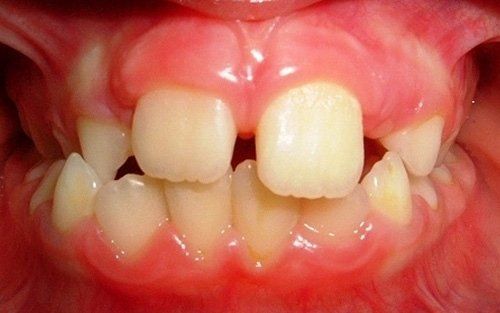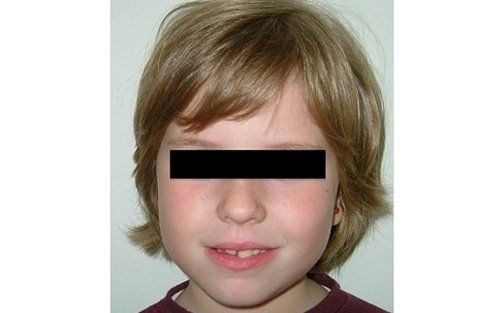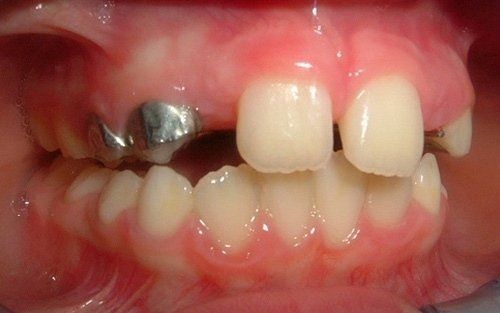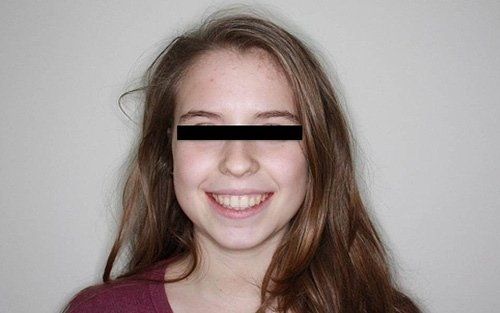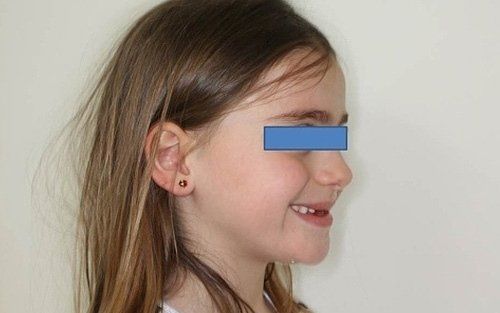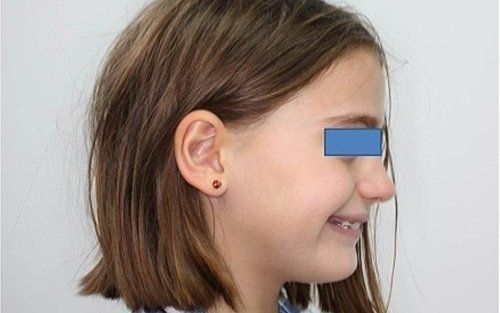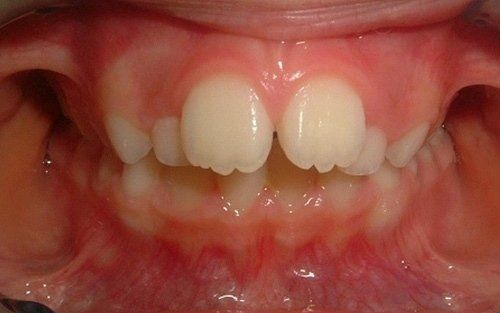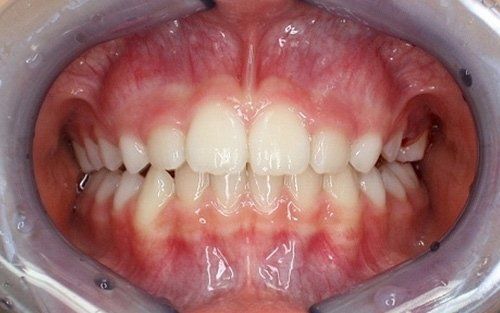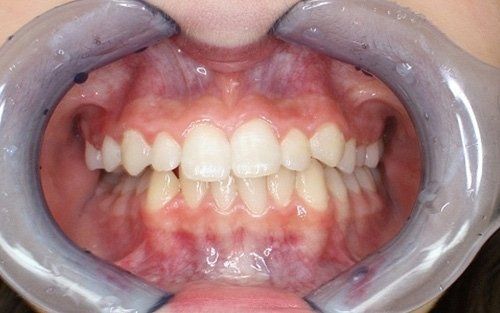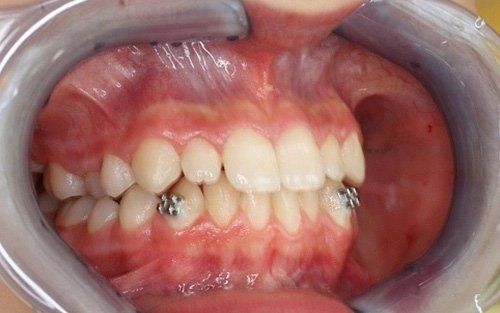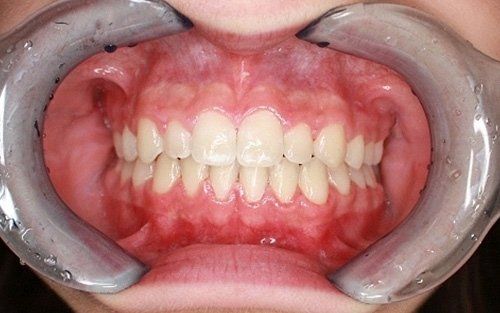PAEDIATRIC ORTHODONTICS
INTERCEPTIVE ORTHODONTICS
Interceptive orthodontics is an important tool in the hands of the professional as it can detect dento-skeletal pathologies early and reduce the extent of subsequent orthodontic treatment, or even prevent its necessity altogether. It involves treatments at an early age, between 7 and 10 years old, during the most active stages of craniofacial growth and dental replacement. These interventions aim to remove the factors responsible for dental malocclusion and restore normal jaw growth, allowing for proper, aesthetic, and functional dental alignment.
Interceptive orthodontics may not completely resolve malocclusion but lays a solid foundation for more harmonious growth of the dento-skeletal complex, reducing the severity of the problem and making any subsequent therapeutic phase simpler, shorter, and more bearable for the growing patient. Proactively treating malocclusions by intercepting them at the right time often avoids more drastic and invasive choices in the future, such as tooth extractions or orthodontic surgical solutions at the end of growth.
MYOFUNCTIONAL ORTHODONTICS
TRADITIONAL ORTHODONTICS
Through brackets, or attachments (metal, resin, or ceramic) placed on the teeth, a fixed method is implemented to realign the dental elements present in the arch, achieving the best possible occlusion. The choice of using one technique or another, or a combination of both, depends on the diagnosis made through initial recordings.
THE "DOUBLE ROW" OF TEETH: PARENTAL CONCERN
A major concern for parents is the simultaneous
presence of permanent teeth and baby teeth
(which have not fallen out yet). This condition is
not dangerous for the permanent teeth, which will eventually position themselves in their final location, giving the final push to the baby teeth, which will fall out permanently. Except for rare exceptions, there is no need to traumatise the child by anticipating this natural process with bothersome tooth extractions.
Here's a classic example of the coexistence of baby teeth and permanent teeth. This situation always concerns parents a lot.



